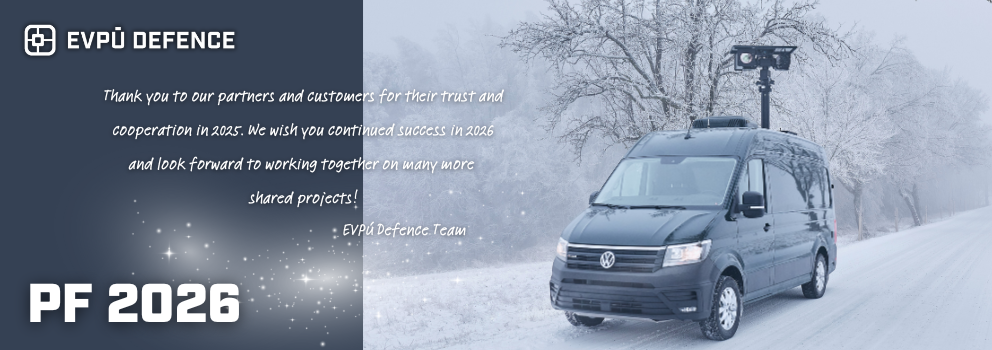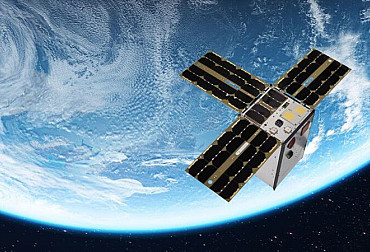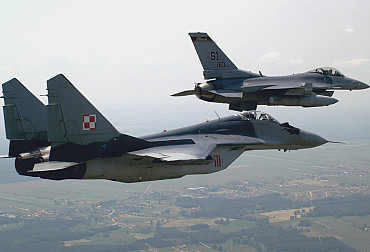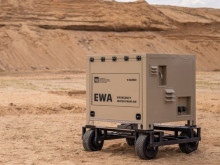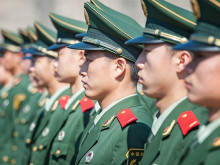Europe will not be a victim of Chinese blackmail: rare earth mining in Kiruna and Norra Kärr is imminent
Rare earth deposits can be found all over the world, but few countries have decided to start extracting them. Many industries in Europe depend on imports of these metals. Moreover, the demand for rare earths by European companies will grow significantly in the coming decades. China realised the strategic importance of the elements of the third group of the periodic table more than three decades ago and has since established a dominant position in their mining and processing.
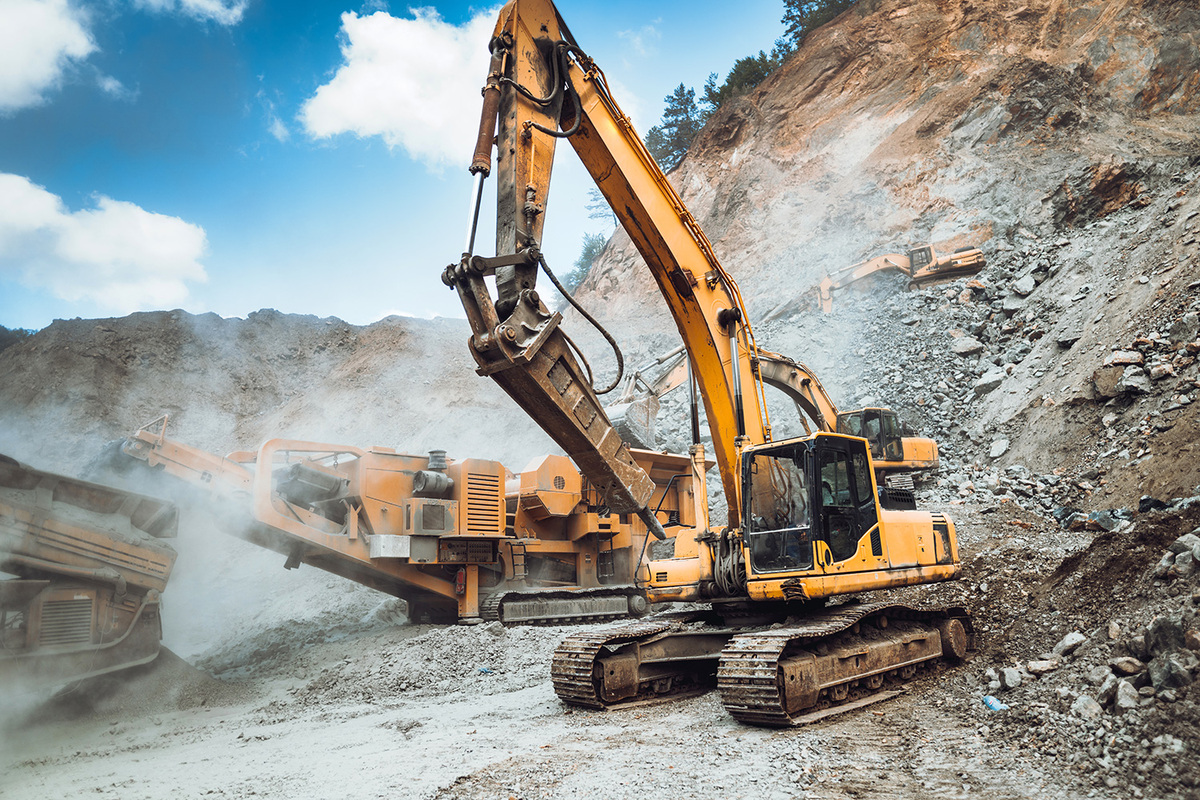
"The Middle East has oil, China has rare earths," said Deng Xiaoping, then Chinese leader, in 1987 during a visit to a Chinese rare earth deposit in Inner Mongolia. Thanks to a long-term industrial strategy and state subsidies, Beijing has established a de facto monopoly on the extraction and processing of a group of seventeen elements. According to 2022 data, China produced 210,000 tonnes of rare earths (about 70% of world production), while all other countries combined produced only 90,000 tonnes (the United States 14% of world production, Australia 6%).
The oxides of the third group of the periodic table were mainly used in glass cutting and ceramics at the beginning of the 21st century. Rare earths compounds also find applications in the chemical industry (catalysts), metallurgy and petroleum refining. They can also be found in television and computer monitors, lighting technology and radar. Even the production of high-efficiency magnets for wind turbines or electric cars is not possible today without samarium, terbium or dysprosium compounds. As reported in the Washington Post, many products and semi-finished products containing rare earths also find use in military technology (missiles and fighter aircraft), reinforcing their strategic importance.
Over the past decade (2016-2018), European Union countries imported an average of 9,438 tonnes of rare earth compounds per year, or 1,162 tonnes of metals and intermediate alloys every twelve months. Canadian mining company Leading Edge Materials recently forecast a sixfold increase in EU demand for rare earths metals by 2030 and a sevenfold increase by 2050. In last year's Yearbook, the Czech Ministry of the Environment reported imports of 43.5 tonnes of cerium compounds and 4.7 tonnes of lanthanum, praseodymium, neodymium or samarium compounds into the Czech territory during 2022. Other imported rare earths did not exceed a weight of tens to hundreds of kilograms.
The current European production of elements from the third group of the periodic table is negligible in terms of both extraction and processing. "The growing demand for rare earth metals, which are necessary for the further electrification of our society – such as for the production of motors in electric cars – poses risks. The supply of these raw materials could become a vulnerable point for ecological transformation," warned Jan Moström, CEO of Swedish mining company LKAB (Luossavaara-Kiirunavaara Aktiebolag). "Given the increased geopolitical uncertainty and the fact that China now controls almost the entire production chain, there is a significant economic threat to European industry."
Until recently, attempts to mine rare earths in Europe faced a number of complex administrative procedures and the need to comply with all regulatory bodies. Obtaining the necessary environmental permits was the main obstacle for any new deposits, and the cumbersome European licensing processes were among the most demanding in the world – not to mention the length of the approval process. Even in cases where a mining license was successfully obtained, subsequent appeals often delayed the start of operations at the mine or processing plant.
The change came with the announcement of the European Alliance on Raw Materials in September 2020, as part of the Action Plan on Critical Raw Materials. The organization's goal is to strengthen the EU's "strategic autonomy" in the field of raw materials (including rare earths), which Brussels considers crucial for the ecological and digital transformation. On March 18 of this year, the European Council adopted the Critical Raw Materials Act (CRMA), which lays the legislative groundwork for financial support of industrial projects that contribute to securing safe and sustainable supplies of critical raw materials. The CRMA aims to cover 10% of the EU's annual consumption of critical raw materials from domestic mines by 2030 and to ensure that no more than 65% of the annual consumption is imported from any single country. On May 23, the European Union, under the CRMA, called on mining companies to submit strategic projects, which, if approved, could benefit from simplified permitting processes and EU funding.
The Swedish company LKAB, whose Kiruna deposit contains an estimated 1.3 million tonnes of rare earths, is interested in drawing money from Brussels. Instead of the expected 10 to 15 years to obtain a mining permit, it hopes to halve this time through an accelerated process under the CRMA banner. As early as 2028, LKAB could be producing 2,000 tonnes of rare earth oxides a year. According to last week's announcement, the Swedish company has applied for CRMA support with a total of three rare earth mining and processing projects.
Canadian company Leading Edge Materials is not lagging behind. In mid-August this year, it applied to the EU authorities for the Norra Kärr Heavy Rare Earths mine to be included on the list of strategic rare earths projects. Kurt Budge, CEO of the Canadian mining company, sees the development of the deposit as an important contribution to building a "secure, resilient and sustainable supply chain" for the European Union. Estimated annual production from the Norra Kärr deposit is 5,340 tonnes of rare earth oxides per year.
The European Commission has stated that the first list of strategic projects under the CRMA will be published in December of this year.
Outside Sweden, other significant European deposits of seventeen soft metals are located in Greenland (Kringlerne, Kvanefjeld and Sarfartoq), and exploration of the smaller Storkwitz deposit in neighbouring Germany has reached an advanced stage. In the Czech Republic, according to estimates by the Ministry of the Environment, there are around 5,000 tonnes of cerium in the uranium ores of the Stráž block of the Czech Cretaceous Basin, around 24 tonnes of yttrium at the Bližná deposit in Pošumaví and two tonnes of strontium at Krásno. Another potential source of rare earths is the tailings dump in Stráž pod Ralskem, where uranium mining waste has been transported for decades.
European efforts to break free from dependence on Chinese imports of critical raw materials are likely to be met with a reaction from Beijing. In the case of new rare earth mining projects, Chinese companies are increasingly seeking to become major partners, as in the case of the entry of China's Shenghe Resources into the Greenlandic Kvanefjeld project. This allows the Chinese to gain information on developments taking place around the world. Some Western countries have begun to take action against such a move and, for example, Australia has blocked a Chinese investor from doubling its stake in Northern Minerals (a small company with big plans for the world's rare earths markets) to 19.9% due to national security concerns.
China also exerts other kinds of influence over competitors. The Malaysian plant of the Australian company Lynas has been the target of pro-Chinese disinformation campaigns on social media. "There is no doubt that they want to maintain their dominance and that they want to almost block the industry for other countries," explained Martijn Rasser, CEO of Datenna, a private intelligence company focused on China. "They will do everything in their power to undermine Western efforts to diversify and increase the reliability of the [rare earths] supply chain."
However, pointing fingers only at China will not solve the problems of the European and Czech rare earths industry. To build a competitive source of critical raw materials, the EU will have to balance the costs of labour, energy and compliance with high subsidies. Beijing has long been financially supporting its mines from the state coffers and controls the world market through opaque prices, export quotas and a technological edge. Whether Europe succeeds in creating a rare earth supply chain independent of China will depend on the political will of European leaders and their willingness to invest in geopolitically significant but economically inefficient mining projects.


